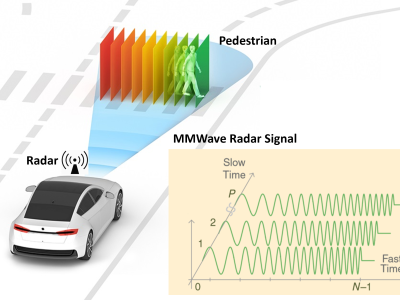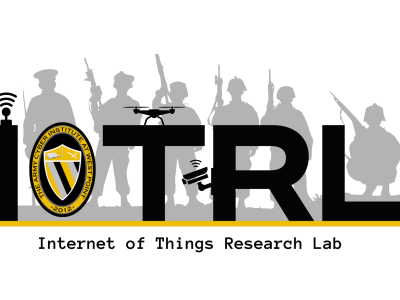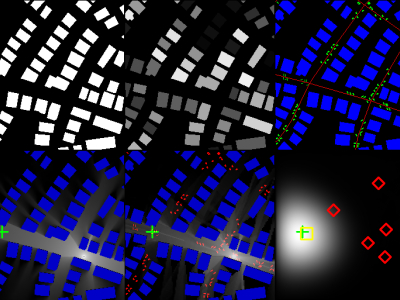Wi-Fi Mobile Single Station Localization

- Citation Author(s):
-
Zexing Liu
- Submitted by:
- liu zexing
- Last updated:
- DOI:
- 10.21227/6t49-wy11
 188 views
188 views
- Categories:
- Keywords:
Abstract
The utilization of Wi-Fi-based technology for pervasive
indoor user identification has gained prominence due to its cost-
effective nature and compatibility with user devices. For identifying
unique users, previous works proposed capturing the media access
control (MAC) address of the signal emitted from a user’s device,
while information elements(IE)-based MAC de-randomization meth-
ods were presented to mitigate the impairment caused by random
MAC. However, the IE types of different Wi-Fi devices are not
consistently differentiated, resulting in incorrect identification when
using IE-based MAC de-randomization methods. In addition, for
pervasively locating users, typical Wi-Fi fingerprinting approaches
are constrained by the requirement of densely pre-deployed Wi-Fi
stations, which contradicts the principle of pervasive localization. To address these challenges, we propose the mobile
single station-based user identification (MS.Id) technique, which leverages Wi-Fi mobile single stations for pervasive
indoor user identification. MS.Id includes mobile single station localization (MSL) and MAC de-randomization based on
users’ spatio-temporal location and IE information (DR.LIE). MSL, a highly pervasive indoor localization solution, may be
implemented on a standard mobile Wi-Fi station without the need for extensive pre-deployment stations. Additionally, a
customized neural network model has been proposed to achieve fine-grained localization accuracy. DR.LIE performs MAC
de-randomization using a tailor-designed algorithm, named the spatio-temporal location, IE information and clustering-
based (LIC) algorithm, to identify users with random MAC addresses. Comprehensive experiments are conducted to
evaluate the performance of the proposed MS.Id. Experimental results demonstrate that MS.Id outperforms previous IE-
based user identification methods and multi-station localization techniques.
Instructions:
We employed a mobile Robot Operating System (ROS)
robot as the mobile single station. The mobile ROS robot was
equipped with a Wi-Fi monitor, an N10P radar, a processor
(Jetson Nano), and a binocular camera, shown in Figure 4.Weconductedanextensiveexperimenttoevaluatethe
effectiveness of the MSL method in a real-world testbed. A
mobile ROS robot was employed as the mobile single station.
The mobile ROS robot was equipped with a Wi-Fi monitor,
an N10P radar, a processor (Jetson Nano), and a binocular
camera, shown in Figure 4. Linux Ubuntu 18.04 and ROS
Melodic were installed in the robot with Jetson Nano, and
the localization platform (running MSL and Path Planning
algorithm) was deployed on the system of the robot. There was
a Wi-Fi station (AR9271 chip) on the robot and the monitor
mode was enabled, which was used to receive Wi-Fi signals
transmitted by RPs and users. The implementation of the
mobile single station localization technique was accomplished
within an indoor area spanning about 400 square meters on the
fourth floor of the Institute of Industrial Internet at Chongqing
University of Posts and Telecommunications. Figure 4 depicts
the layout of the testbed. The floor was divided into severalUbuntu 18.04 and ROS Melodic were installed in the robot
with Jetson Nano, and the localization platform (running MSL
and path planning algorithm) was deployed on the system of
the robot. There was a Wi-Fi station (AR9271 chip) on the
robot and the monitor mode was enabled, which was used to
capture Wi-Fi signals transmitted by RPs and users.







